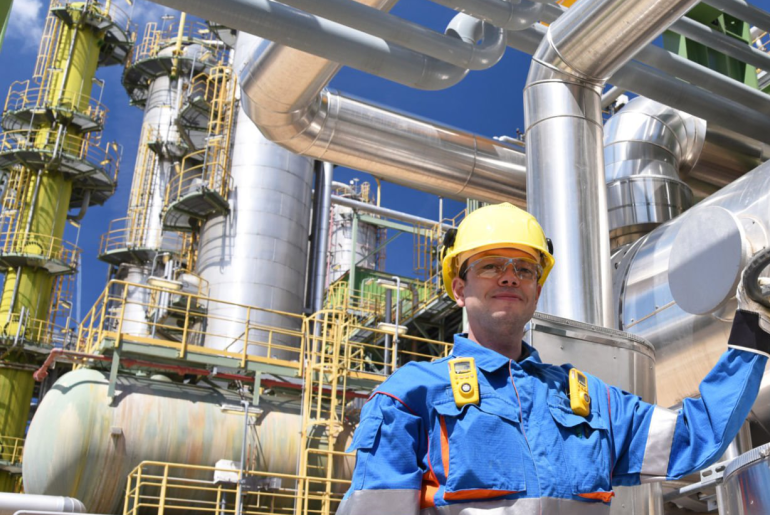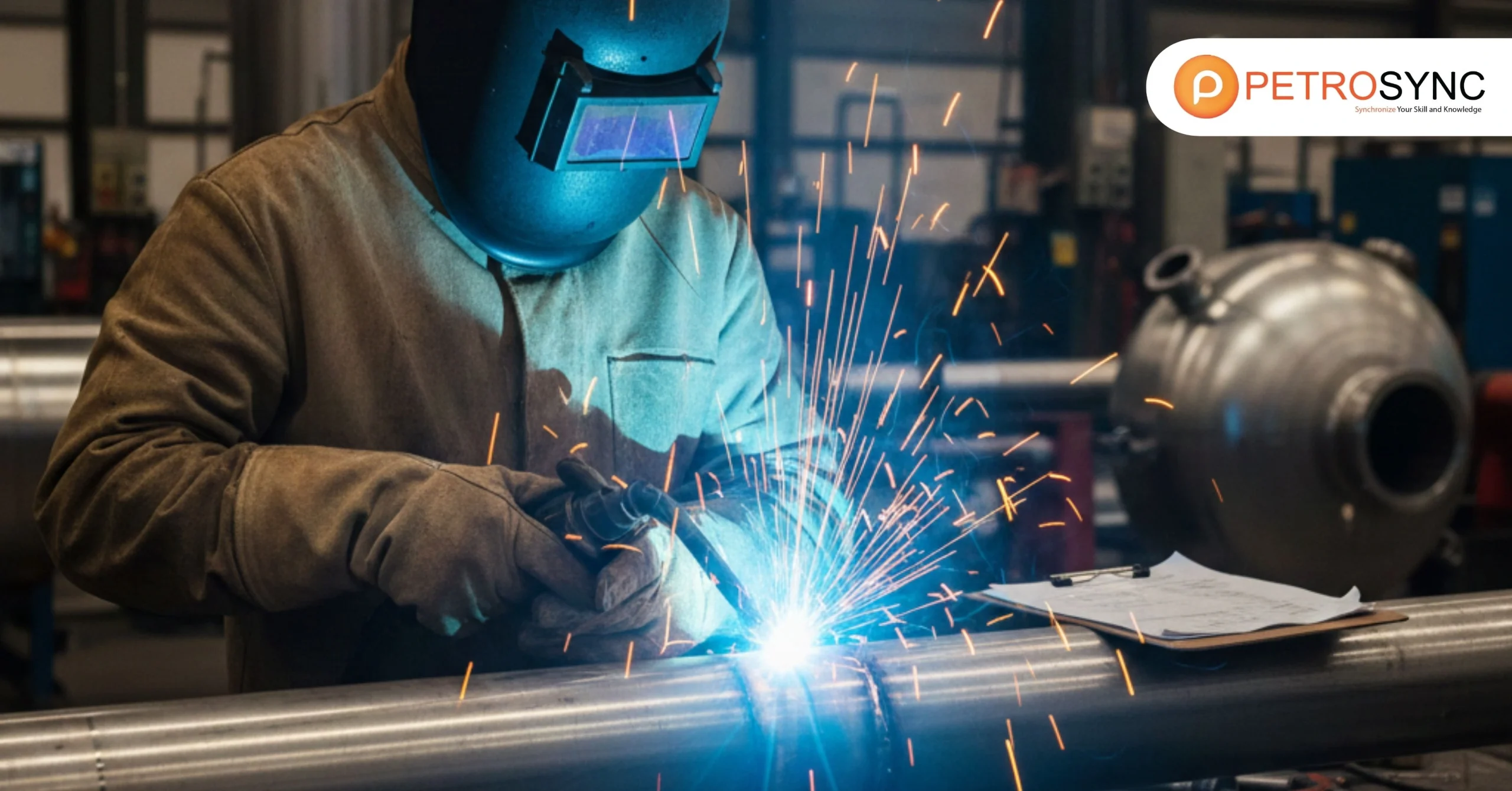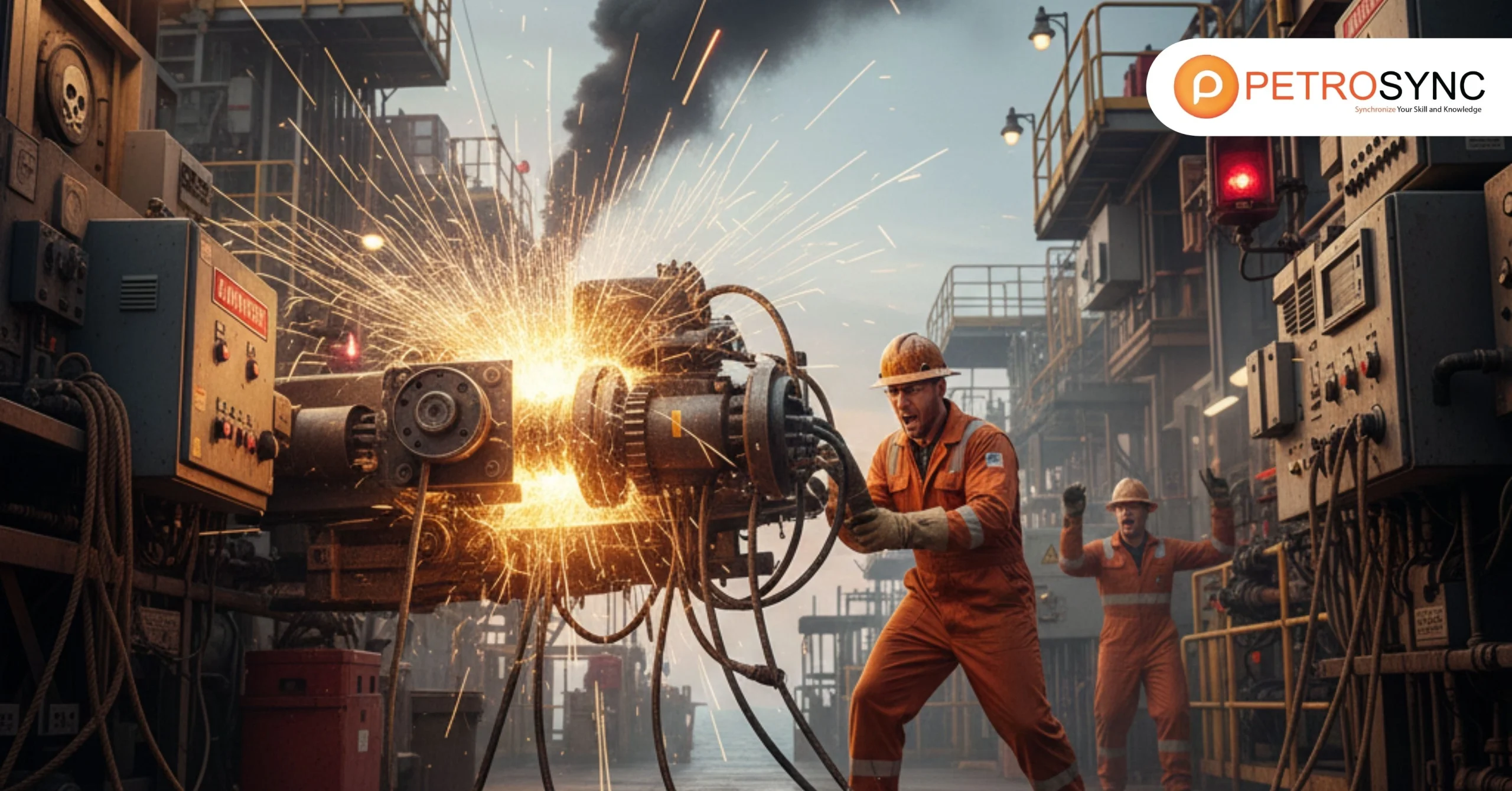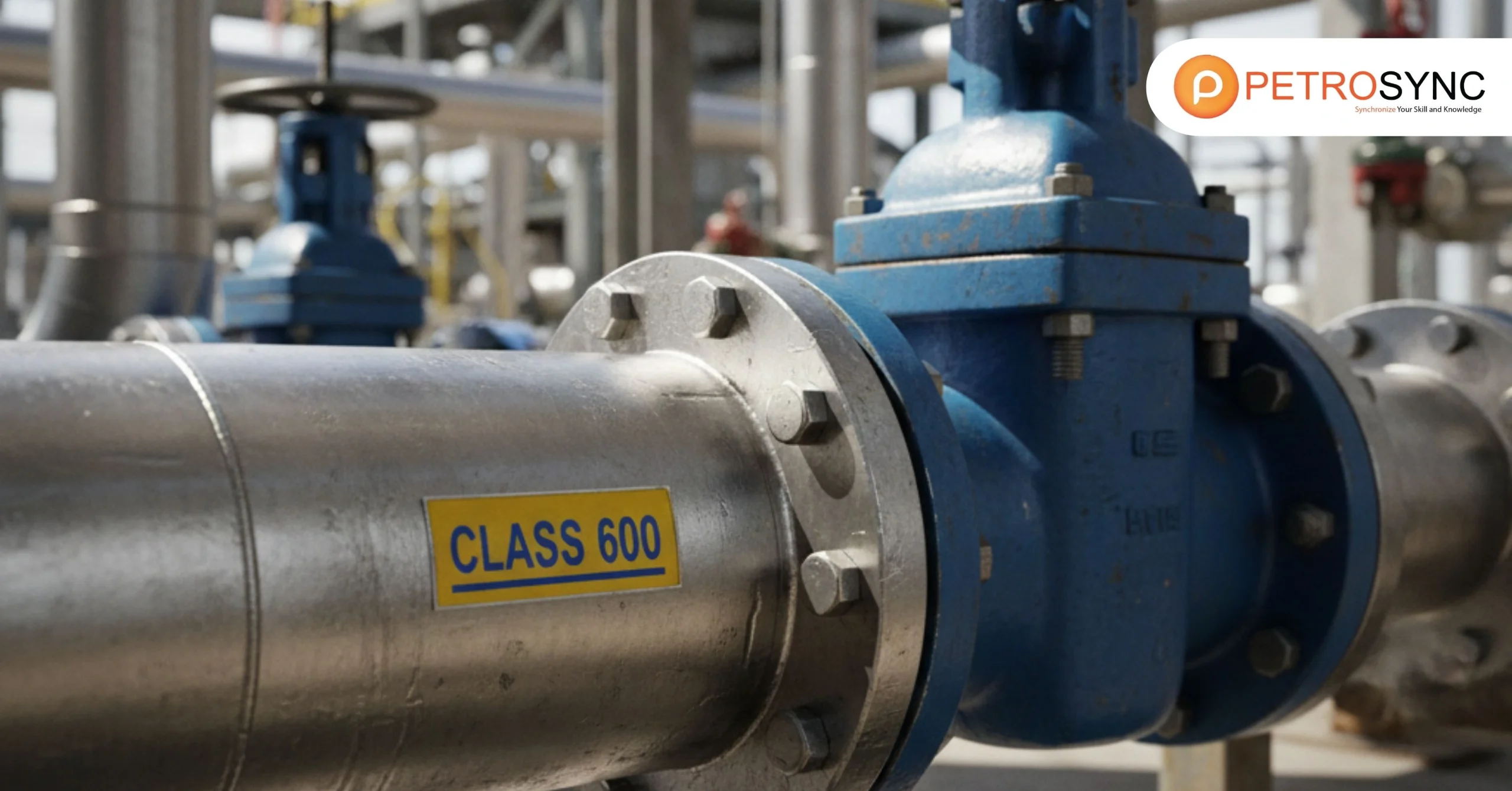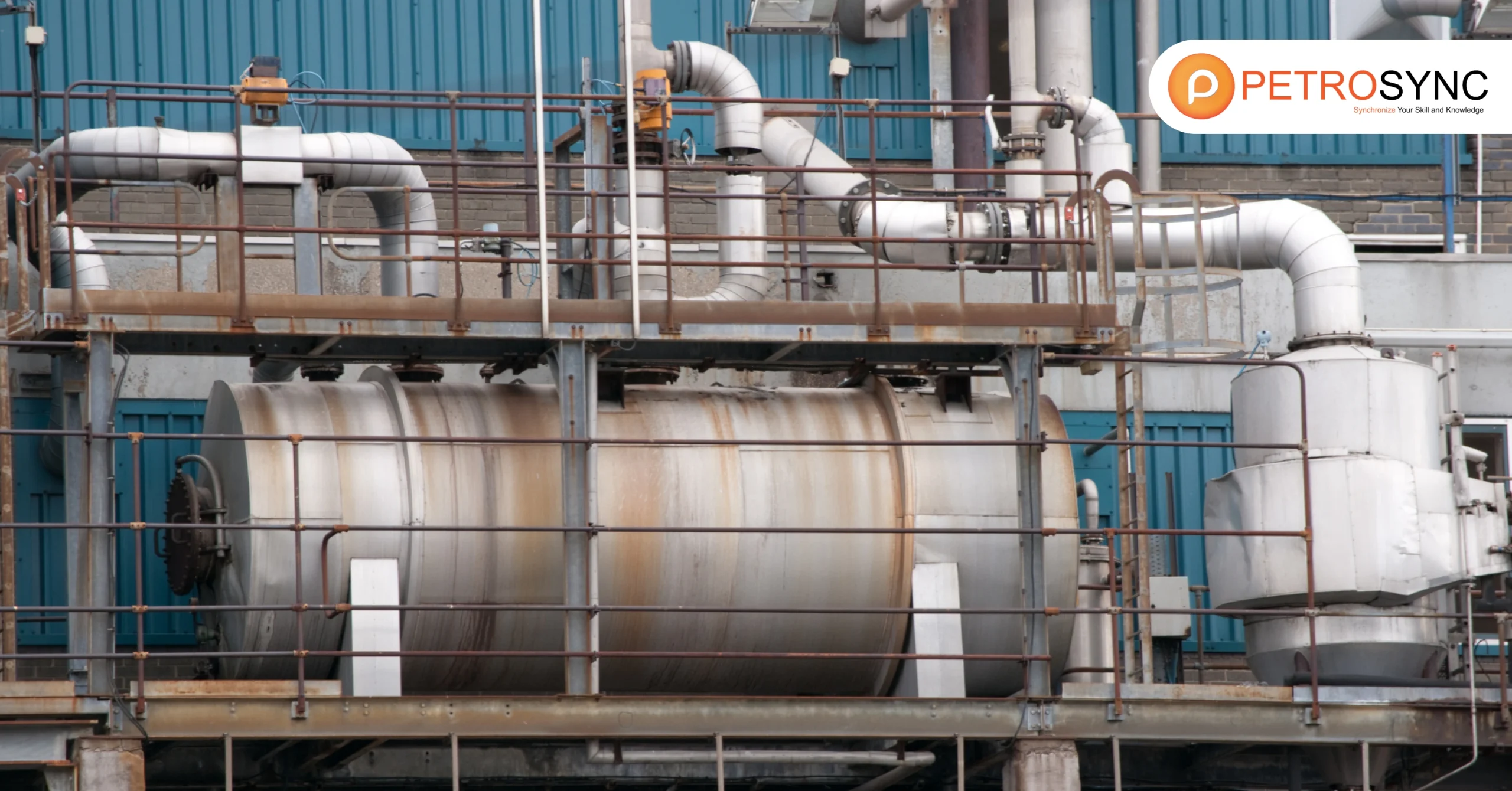In need of a detailed guide on the best practices for pressure vessel repair and alterations? This article explores vital aspects, offering expert insights and practical tips to ensure the safety and compliance of pressure vessels. From industry standards to actionable advice, we cover it comprehensively to equip you with the knowledge necessary for effective repairs and alterations.
What Is A Pressure Vessel Repair?
A pressure vessel repair involves the restoration or fixing of a container designed to hold gases or liquids under pressure, aiming to restore a unit to its original and intended operating condition. Pressure vessels, commonly used in industries like oil and gas, may experience damage or wear over time.
Repairing pressure vessels means addressing and rectifying any issues to ensure the vessel functions safely and efficiently. This typically includes assessing the damage, implementing necessary repairs, and conducting thorough inspections to verify the restored integrity of the pressure vessel. The goal is to maintain the vessel’s structural soundness and prevent potential leaks or failures, ensuring it complies with safety standards and regulations.
Deciding how to repair a pressure vessel depends on the type of failure it experiences. A knowledgeable pressure vessel inspector also considers the codes associated with pressure vessel repair. Various factors can contribute to the deterioration of a pressure vessel. These factors include
- Corrosion
- Mechanical issues
- Process-related problems
How Is Common Pressure Vessel Repair Done?
Common pressure vessel repairs, as outlined by the NBIC, involve addressing various issues to ensure the vessel’s integrity. Some of the key repair types include
1. Weld Repairs
Welds in pressure vessels can weaken over time due to factors like porosity or corrosion. This is particularly critical in areas with pressure differentials. The repair process involves identifying and addressing issues in the weld to prevent further damage.
2. Nozzle Replacement and Installation
Nozzles on pressure vessels undergo wear and degradation. Replacement may be necessary due to component deterioration or the need for more efficient designs. Adhering to NBIC guidelines, the repair service addresses worn-out or outdated nozzles.
3. Heat Exchanger Tube Repair or Replacement
Heat exchanger tubes may suffer from corrosion, cracking, joint failure, excessive loads, or vibration damage. Repair or replacement methods, such as plugging damaged tubes or using welding and adhesives, are employed to ensure the proper functioning of the pressure vessel.
4. Mounting Clips for Ladders
Safety is paramount when working on pressure vessels. Installing ladders for access requires adherence to code specifications, including installing mounting clips. This ensures the vessel’s protection and provides technicians with safe and ergonomic access for equipment maintenance.
What Is A Pressure Vessel Alteration?
A pressure vessel alteration involves a physical change to any component of the vessel that affects its pressure-containing capability. This encompasses adjustments such as modifying temperature or pressure ratings, incorporating updates from new code editions, changing material strength, adding new nozzles and openings not considered repairs, or altering the overall dimensions of the vessel.
The purpose of such alterations is to adapt the pressure vessel to new conditions or requirements beyond its original design. A common alteration is the addition of new openings, known as nozzles, in the vessel shell. Sometimes, internal components must be replaced to align with the new process designs.
While these internal parts don’t hold pressure, the forces they transfer to the vessel shell can impact its ability to contain pressure. Hence, it is necessary to calculate the effects of design loads on the new internals, which result from factors like pressure drop, static weight, and liquid head. This calculation helps determine if adjustments to the maximum allowable working pressure of the vessel are required.
What Is The Difference Between Pressure Vessel Alteration and Repair?
Pressure vessel alteration and repair are distinct activities with specific differences outlined by the National Board Inspection Code (NBIC):
|
Repairs |
Alterations |
| – Replacing or fixing failed welds. | – Re-rating a vessel for a higher temperature or pressure. |
| – Adding welded attachments. | – Adjusting the vessel’s rating based on a new code edition, incorporating new material strength, and meeting updated wall thickness requirements. |
| – Replacing tube sheets or tubes in a heat exchanger. | – Adding new nozzles and openings that are not considered repairs. |
| – Installing new nozzles that do not impact the original vessel strength calculations. | – Modifying the dimensions of a vessel. |
It is crucial to distinguish between repair and alteration, as the requirements for each category differ. Whether it’s a repair or an alteration, the NBIC provides specific guidelines and standards that must be followed to ensure the safety and compliance of these activities. Understanding the nature of the work is essential to meeting the appropriate regulatory and safety standards for pressure vessels.
Who Can Perform A Pressure Vessel Repair and Alteration?
Pressure vessel repairs and alterations must be carried out by entities meeting specific criteria:
1. ASME Certificate of Authorization
An organization with a valid ASME Certificate of Authorization can perform repairs or alterations, provided the work aligns with the certificate’s scope. For instance, if the repair involves boilers, the organization must hold an ASME Section I certificate.
2. National Board Certificate of Authorization
Organizations with valid National Board Certificate of Authorization can conduct repairs or alterations within the certificate’s scope.
3. Welding Procedures and Operators Qualified by ASME Section IX
Organizations with welding procedures and operators qualified according to ASME Section IX can repair boilers and pressure vessels. However, alterations are not allowed. The repair program of such an organization must be accepted by the qualified inspector overseeing the repair inspection. It’s important to note that this type of repair organization is not acceptable for employers regulated by CCR Title 8 Subchapters 14 & 15.
4. Compliance with Regional Standards
All organizations performing repairs and/or alterations must comply with regional standards. Their quality system manual needs to be reviewed and accepted by the related division to ensure adherence to jurisdictional requirements.
In summary, entities eligible to perform pressure vessel repairs and alterations include those with ASME or National Board Certificates of Authorization, organizations qualified under ASME Section IX for specific repairs, and those complying with regional standards as verified by the Division.
How Can Stamped Pressure Vessel Be Repaired and Altered?
When a repair is required during the service life of an ASME Code Stamped Pressure Vessel, the process differs from its initial manufacture. ASME Code Stamped Pressure Vessels are originally constructed following the guidelines of the ASME Boiler and Pressure Vessel Code. However, repairs are governed by a distinct set of standards outlined in the National Board Inspection Code (NBIC), commonly known as the NBIC.
For repairs and alterations to ASME Code Stamped Pressure Vessels, adherence to the National Board Inspection Code (NBIC) is essential. This ensures that the necessary repairs are conducted following the appropriate standards and regulations during the vessel’s service life.
In conclusion, comprehending the distinct processes involved in pressure vessel repair and alteration is crucial for ensuring the integrity and safety of these vessels during their service life. While the ASME Boiler and Pressure Vessel Code (BPVC) sets the standard for the initial manufacture of pressure vessels, the National Board Inspection Code (NBIC) governs the procedures for repairs and alterations.
It is paramount for engineers to have a thorough understanding of these international standards to uphold the quality, reliability, and compliance of pressure vessels throughout their operational lifespan.
PetroSync is committed to supporting you in enhancing your knowledge of pressure vessels through our comprehensive training program. Specifically, the ASME Section VIII Div 1 and 2 training, along with API 510 training, are designed to equip you with the necessary skills and insights.
Our best-selling training courses aim to empower you with the expertise needed to navigate the complexities of pressure vessel design, construction, repair, and alteration, thereby contributing to the advancement of safety and efficiency in the industry.
Credit: iStock

SEO specialist by day, fact-checker by night. An avid reader and content writer dedicated to delivering accurate and engaging articles through research and credible sources.

